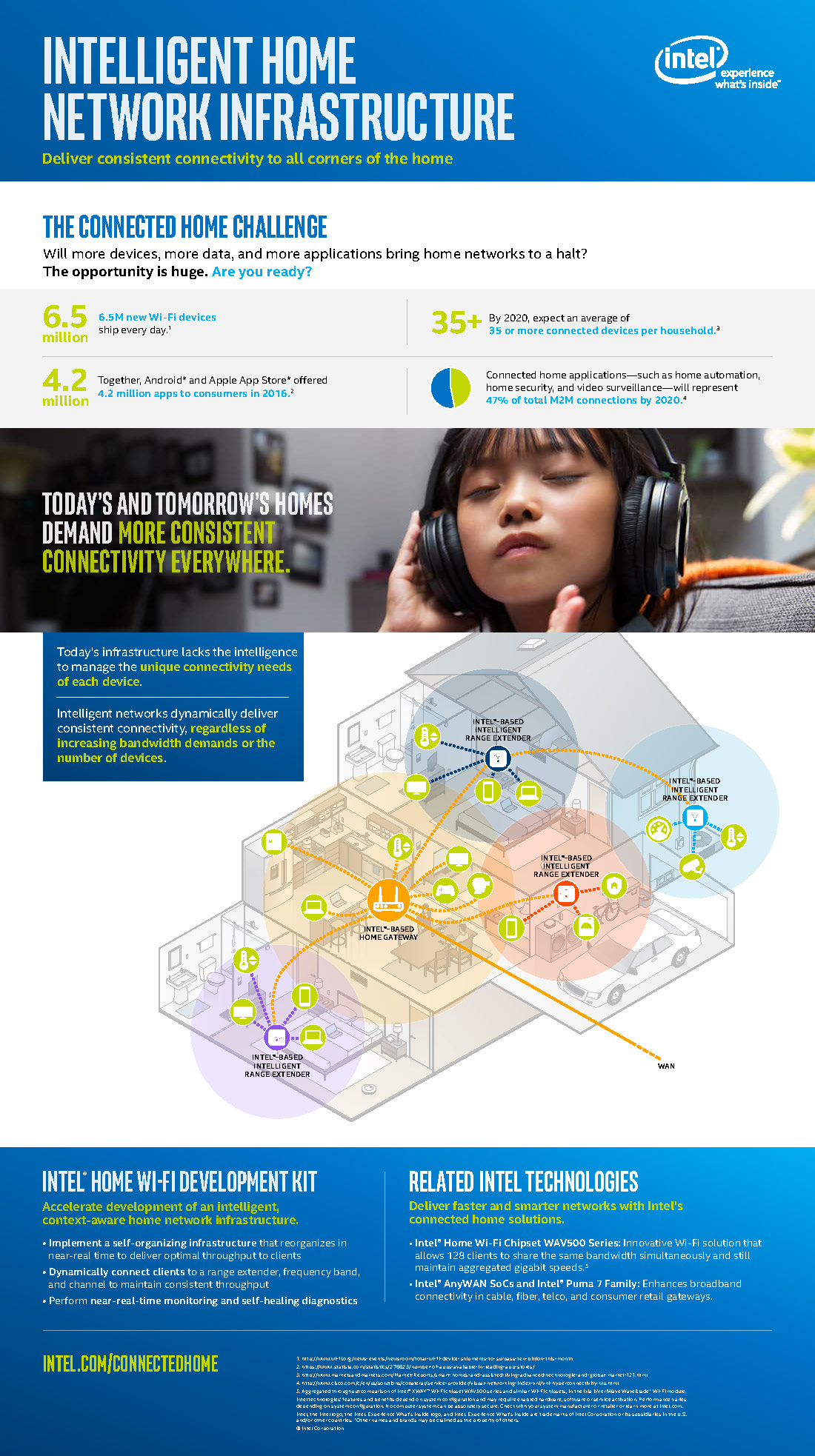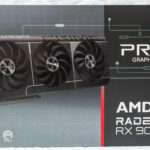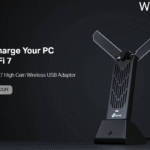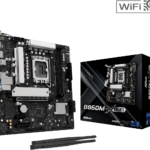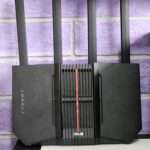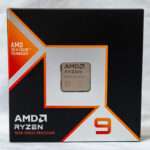The need to be “connected” at all times and have a “smarter” home is putting a huge stress on our home networks. Think about the typical house today, which has 10 or more connected devices such as tablets, laptops, smartphones, gaming systems, appliances and so on. Forecasts expect this number to grow over the next few years with 35 to 50 or more connected devices in the average home.
Today’s home network infrastructure is struggling to keep pace with the increasing demands for bandwidth. To create the best possible experience for consumers, we must deliver faster broadband connections along with more consistent connectivity that extends to all corners of the home.
Faster Broadband Access
Networks need to be faster, smarter and flexible enough to be upgraded without disrupting existing infrastructure. This is why we are expanding the Intel AnyWAN product family with a new G.fast solution. The Intel AnyWAN SoCs, in combination with the new Intel AnyWAN transceiver VRX618, will give telco service providers the ability to harness the speed of the new G.fast standard to bring gigabit access to the home while still maintaining backward compatibility with legacy copper access technologies for smooth migration.
Home Connectivity Hubs
Once we have faster connectivity to the home, the goal is to carry that connectivity to the various devices within the home, with gateways serving as a “hub” or controller. I’m excited about the number of leading OEMs and service providers who are introducing new gateways and routers, including ASUS, Deutsche Telekom, Netgear and Phicomm. These new gateways are using Intel’s unique Wi-Fi offering that allows up to 128 clients — seriously, up to 128 clients — to share the same bandwidth simultaneously and still maintain high-speed connections. As a result, they can scale to accommodate the growing number of connected devices we are bringing into our homes.
For cable networks, we have been investing and leading innovations for many years, including a leading role in the specification and development of the DOCSIS 3.1 standard and, now, Full Duplex DOCSIS. This week during ANGA COM, we showcased with Cisco the first live industry demonstration of Full Duplex DOCSIS 3.1, from cloud to client. Full Duplex DOCSIS 3.1 enables cable providers to offer higher speed connections at lower capex and also faster time to market of more sophisticated services and applications to their customers.
Whole Home Coverage
The challenge with many of today’s home networks is that using a singular connectivity hub doesn’t always provide consistent, reliable connectivity to every corner of a home. As you have probably seen in your own house, Wi-Fi throughput degrades as a connected device gets farther away from that central home gateway. Even with repeaters and extenders, the increased pressure on the infrastructure from more devices and connected activities results in inefficiencies and inconsistent throughput.
To address this challenge, Intel is introducing the Intel Home Wi-Fi Development Kit. Our partners can use this to develop a dynamic, adaptable network of gateways and intelligent range extenders. In addition to providing “coverage,” this type of intelligent network anticipates and adjusts dynamically, ensuring that consistent connectivity is delivered to each client device, regardless of the number of devices or bandwidth demands.
Connectivity is the electricity of the domestic revolution, and it needs to be just as reliable as any utility service in a home. As we embark on our path to a well-connected home, we can start to deliver on the promise of a truly smart home.
